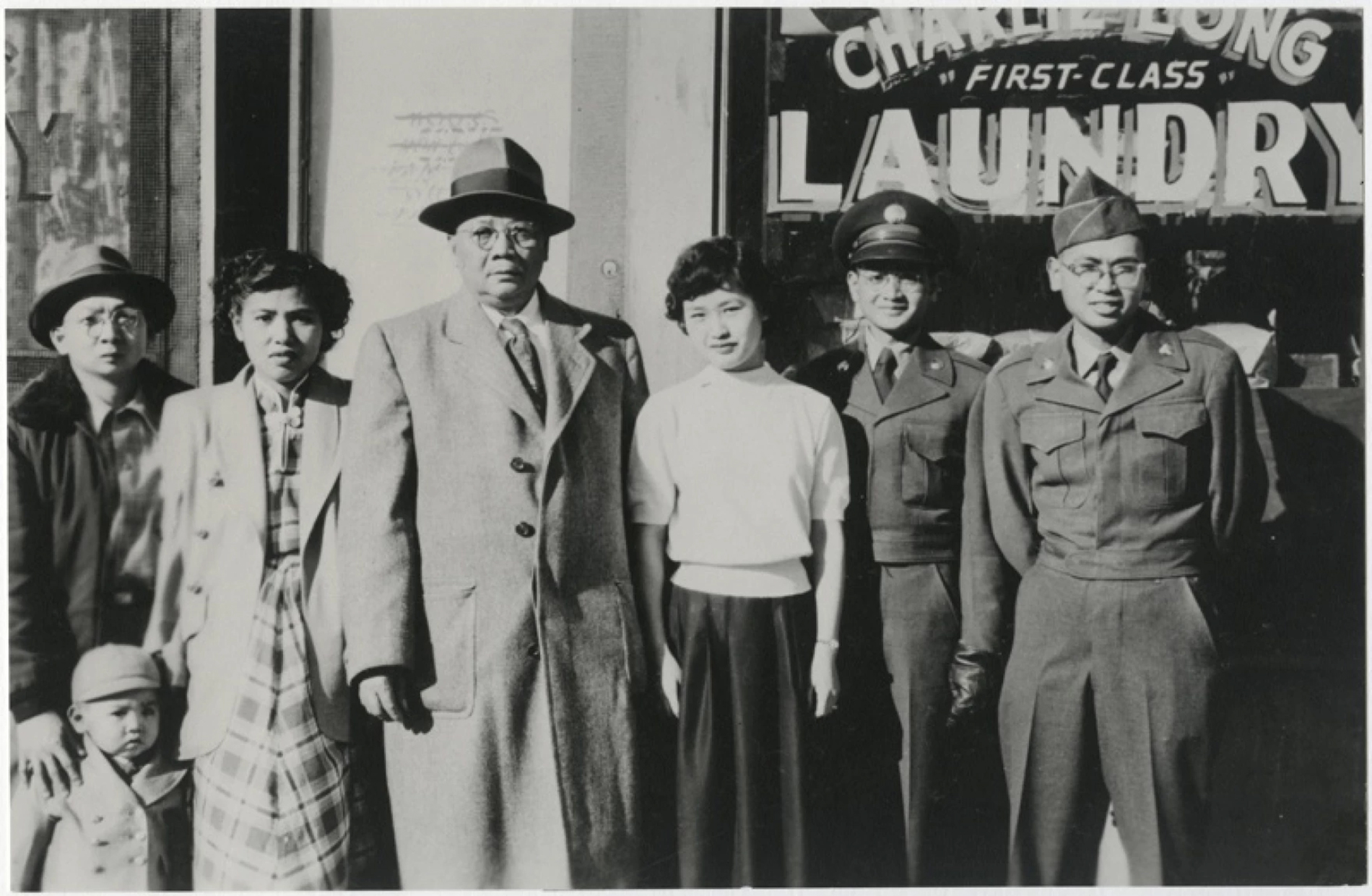
Telling the Story of Asian Americans in St. Louis
A new digital StoryMap project, Asia in St. Louis, traces the history and experiences of people of Chinese and Japanese descent in St. Louis, from the 1850s to the 1980s. Created by East Asian studies librarians and students at Washington University, Asia in St. Louis is an interactive, dynamic digital platform that combines maps, archival sources, photographs, and personal narratives. A unique, first-of-its-kind project on the subject, Asia in St. Louis helps us understand the locations and spaces in St. Louis that were a part of Asian American history in the region.

The project was inspired by a WashU spring 2022 course, Historical Method–Transregional History, taught by Uluğ Kuzuoğlu, assistant professor of history. “It is a learning platform for the public and the StoryMaps will also be used as instruction resources in writing classes,” said Joan Wang, East Asian and Chinese studies librarian, who led the project. Students in the College Writing course, Place & Perspective, will utilize the digital project to understand and write about the St Louis region.
The StoryMaps offer a powerful approach to studying the geography and cultural history of St. Louis through the lives of Asian immigrants and Asian Americans. The digital project is structured around four themes: Early Chinese and Chinese Americans in St. Louis; Historical Traces of Asian Americans in St. Louis; the arrival of Japanese Americans from World War II internment camps; and Asian American Civil Rights.

Some highlights from the digital project include a focus on the rise and decline of Hop Alley or the old Chinatown of St. Louis; the story of the Sam Wah Laundry which became the longest-running and last-standing Chinese laundry in St. Louis; the recorded journeys and experiences of mid-nineteenth-century Chinese immigrants in St. Louis; the legacies of Japanese American architects Gyo Obata (1923–2022) and Richard Henmi (1924–2020) whose families were imprisoned in WWII internment camps while they began their education at WashU; and Asian American activism in St. Louis throughout the twentieth century.

“Asia in St. Louis offers a timely critique of our present moment. The students who worked on this project demonstrate that true engagement with a city starts with care and empathy for those whose histories are forgotten, erased, or remain untold. At a time when our university builds fences between itself and the city, Asia in St. Louis stands as a reminder for dialogue and engagement,” Professor Kuzuoğlu said.
To tell the forgotten history of Asian Americans in St. Louis, the project utilizes primary sources from four local special collections/archives and historical societies: Washington University Libraries, Missouri Historical Society, State Historical Society of Missouri-Saint Louis, the Missouri Botanical Gardens, and the National Archives in Kansas City.
“The public learning platform was built through wide collaborations with different organizations in St. Louis and the Midwest. It was very exciting for us to see the project develop over the span of a year and to work with WashU students on the StoryMaps. As a member of the Asian American community in St. Louis, I learned so much from the project,” said Wang.

Students from WashU’s departments of history, global studies, and East Asian languages and cultures worked on the digital project under the guidance of East Asian Library subject librarians Joan Wang and David Romney. The project was supported with a grant from the Missouri Humanities Council.
Feature photo: Pvt. James Jewick, a Chinese American, and his family pose in front of Charlie Long “First Class” Laundry in old Chinatown, 1942.